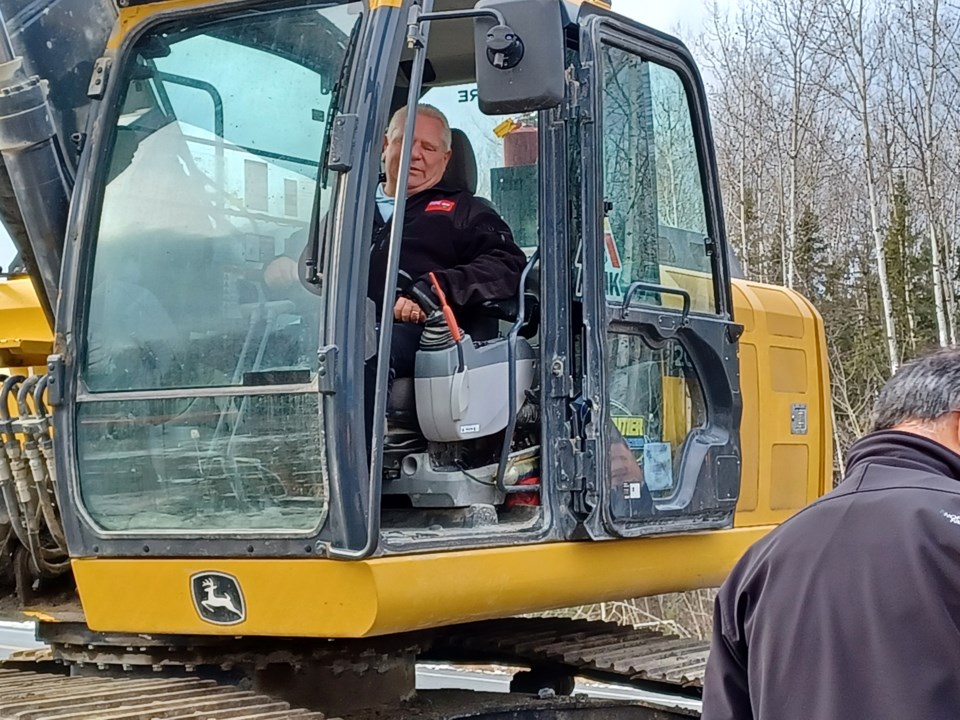TORONTO — The Ontario government announced Thursday the introduction of a bill it says will streamline approval processes for new mining projects.
The Green Party of Ontario’s leader immediately slammed the bill for “weakening the environmental assessment process.”
The Protect Ontario by Unleashing Our Economy Act is designed to cut red tape and redundancies holding back development in the Ring of Fire, said a government news release.
“The maze of bureaucracy, red tape and duplicative processes holding back our economy means that a single mining project can take 15 years to be approved,” Premier Doug Ford said in the release.
“In the face of current Ontario-U.S. trade tensions, it can no longer be business as usual. We are cutting red tape to unlock our critical minerals and unleash our economy to create new jobs and opportunities in the north and across the province.”
The current process is too complex and slow for the mining sector, but changes in the new legislation make the province’s economy “the most competitive place in the G7 to invest, create jobs and do business,” according to the release.
Energy and Mines Minister Stephen Lecce said the province is “taking decisive action to protect Canada’s natural resources from foreign adversaries, and our intent is to reduce government review time by 50 per cent to get shovels in the ground.”
In response to the announcement, provincial Green Party Leader Mike Schreiner said the government “is using Trump’s trade war to justify further weakening the environmental assessment process and Indigenous consultation in Ontario. Let me be clear: protecting the people and places we love is not red tape.
“Environmental assessments and Indigenous consultation are essential processes that protect the land, water and communities that depend on them,” he added.
The act had already drawn criticism from the Matawa Chiefs Council and Kiiwetinoong MPP Sol Mamakwa when it was first suggested during Ford's throne speech on Tuesday.
The Ring of Fire is an expansive mineral-rich location in the James Bay Lowlands, spanning over 5,000 sq km.

